When it comes to our furry friends, pet owners often wonder, “Can dogs eat asparagus?” As a pet parent, you want to ensure that your dog’s diet includes safe and nutritious options. Asparagus, a green vegetable rich in nutrients, can be a healthy addition to your canine’s diet, but it also comes with some considerations that you should know.
Asparagus is low in calories and a good source of vitamins A, C, E, and K. It also contains folate, iron, and fiber, making it a potential dietary booster. Adding a small amount of cooked asparagus to your dog’s meals may provide some nutritional benefits, including:
- High in Nutrients: Asparagus is full of vitamins and minerals essential for your dog’s health.
- Rich in Antioxidants: The antioxidants in asparagus help fight inflammation and may reduce the risk of chronic diseases.
- Promotes Digestive Health: The fiber content in asparagus can aid in digestion, promoting regular bowel movements.
However, it’s essential to introduce any new food gradually and in moderation. Some dogs may react differently to certain foods, including asparagus. Monitoring your dog for any adverse reactions is crucial. Possible risks associated with feeding your dog asparagus include:
- Choking Hazard: Raw asparagus can be tough and fibrous, which might pose a choking risk or cause digestive problems. Always serve it cooked and cut into bite-sized pieces.
- Gas and Stomach Upset: Asparagus can cause gas or an upset stomach in some dogs. If you notice any signs of discomfort, stop feeding it to your dog.
- Change in Urine Smell: Just like in humans, asparagus consumption may result in a distinct odor in your dog’s urine due to the breakdown of asparagusic acid.
For most dogs, small portions of cooked asparagus can be a healthy treat. Be sure to avoid seasoning or adding any potentially harmful ingredients like garlic or onion, as both are toxic to dogs. Steaming, boiling, or roasting asparagus without any additives is the best method of preparation.
If you’re considering adding asparagus to your dog’s diet, here are some tips on how to do it safely:
- Cook It First: Always cook asparagus before feeding it to your dog. Cooking softens the vegetable, making it easier to digest.
- Serve in Moderation: Less is more. A few pieces of asparagus a week is ample for most dogs.
- Observe for Reactions: Keep an eye on your dog after introducing asparagus. If you notice vomiting, lethargy, or unusual behavior, consult your vet.
It’s important to consult your veterinarian before introducing new foods into your dog’s diet, especially if your dog has underlying health conditions or a sensitive stomach. Your vet can provide personalized advice and ensure that asparagus aligns well with your dog’s dietary needs.
For pet owners looking for more information on safe foods for dogs, resources like the American Kennel Club offer valuable insights. They provide lists of safe and harmful foods — worth checking out for every dog owner.
Dogs can indeed eat asparagus in moderation, provided it is cooked properly. It offers nutritional benefits that can enhance your dog’s diet. However, understanding the potential risks is crucial to keep your furry friend healthy and happy. Always consult with your vet for tailored dietary advice to ensure that you’re making the best choices for your pet.
Remember, not all human foods are safe for dogs. When in doubt, it’s best to lean on expert advice from your veterinarian. For detailed lists of what dogs can eat, check out resources like The Humane Society.
How to Safely Introduce New Vegetables to Your Dog’s Diet
Introducing new vegetables to your dog’s diet can be an exciting and healthy adventure for both you and your furry friend. Dogs, much like humans, can benefit from the nutrients found in a variety of vegetables, provided they are prepared and served safely. Knowing how to properly introduce these foods is essential to ensure your dog enjoys new tastes without any health risks.
Before adding any new vegetable to your dog’s diet, consider these steps:
- Consult Your Vet: Always talk to your veterinarian before making significant changes to your dog’s diet. Each dog is unique and may have specific dietary needs or restrictions.
- Choose Safe Vegetables: First, ensure the vegetable is safe for dogs. Common dog-friendly vegetables include carrots, green beans, sweet potatoes, and peas. Avoid toxic vegetables such as onions, garlic, and mushrooms.
- Start Small: Introduce the new vegetable in small amounts. This helps your dog adjust to the new flavor and allows you to monitor for any adverse reactions.
- Monitor for Reactions: Pay close attention to how your dog reacts to the new vegetable. Watch for signs of allergies or digestive issues, like vomiting or diarrhea.
When you’re ready to introduce a vegetable, follow these guidelines:
Prepare the Vegetables Properly
The way you prepare the vegetables can make a big difference in palatability and digestibility.
- Wash Thoroughly: Always wash vegetables thoroughly to remove pesticides, dirt, and bacteria.
- Cook When Necessary: Some vegetables, like sweet potatoes, are easier for dogs to digest when cooked. Steaming or boiling can soften hard vegetables and enhance nutritional absorption.
- Cut into Small Pieces: Chop the vegetables into small, bite-sized pieces to avoid choking hazards. This is especially important for larger dogs, but all dogs can benefit from smaller pieces.
Creating a Balanced Diet
Vegetables should complement your dog’s overall diet rather than replace balanced meals. Just like humans, dogs require a mix of proteins, fats, and carbohydrates along with vitamins and minerals. You can use vegetables as a low-calorie treat or snack.
Here’s a simple guide to manage your dog’s vegetable intake:
| Vegetable | Preparation Method | Benefits |
|---|---|---|
| Carrots | Raw or Cooked | High in vitamins and low in calories; great for dental health. |
| Green Beans | Steamed | Rich in fiber and helps maintain a healthy weight. |
| Sweet Potatoes | Cooked | Full of vitamins and good for digestion. |
| Peas | Cooked | High in protein and packed with essential nutrients. |
Frequency of Vegetable Treats
Moderation is key when it comes to adding vegetables to your dog’s meals. A general guideline is that vegetables should not comprise more than 10% of your dog’s daily caloric intake. Incorporate them into your dog’s diet alongside their usual food to ensure a balanced meal.
Additionally, mix different vegetables to provide variety and additional nutrients. Dogs can grow bored of the same flavors, so rotating vegetables like carrots, green beans, and sweet potatoes can keep meals exciting.
Remember to always remove any uneaten fresh food from your dog’s bowl within a short period to prevent bacterial growth. Fresh veggies might serve your dog well, but spoilage can lead to health problems.
To gain more insights into dog nutrition, visit the American Kennel Club’s guide to dog nutrition. For a deeper understanding of canine health, you can also check PetMD’s article on dogs and vegetables.
By following these steps and recommendations, you can introduce new vegetables to your dog’s diet safely and effectively, ensuring they enjoy diverse flavors while maintaining optimal health. Always remember to lead with care, and your pup will thank you with wagging tails and happy barks!
Alternative Vegetables That Are Safe for Dogs to Eat
When considering what foods to share with our furry friends, it’s important to know which vegetables are safe and nutritious for dogs. While some human foods can be harmful or even toxic, others can provide health benefits. Here are some alternative vegetables that are safe for dogs to eat.
Carrots
Carrots are a crunchy and sweet vegetable that most dogs enjoy. They are low in calories and high in fiber, making them a great snack. Plus, the crunchiness can help clean your dog’s teeth!
- High in Vitamin A.
- Supports eye health.
- Low-calorie treat for overweight dogs.
Green Beans
Green beans are another fantastic option. They can be served raw, steamed, or cooked. They are rich in vitamins and minerals while being low in calories, perfect for your pup’s diet.
- Source of vitamins C and K.
- High in fiber.
- Can help manage weight.
Sweet Potatoes
Sweet potatoes are packed with nutrients like beta-carotene, fiber, and vitamins. They can be cooked and mashed or cubed into small pieces for your dog.
- Good source of antioxidants.
- Supports digestive health.
- Can help with skin health due to vitamins.
Broccoli
Broccoli can be a healthy addition to your dog’s diet in moderation. This vegetable is rich in vitamins C and K, but it should be fed in small quantities to prevent stomach upset.
- Rich in fiber.
- Contains cancer-fighting properties.
- Supports immune health.
Peas
Peas are a popular and healthy snack for dogs. They are packed with proteins, vitamins, and minerals, providing a pop of flavor and nutrition.
- Contains vitamin A, C, and K.
- Have anti-inflammatory properties.
- Can promote an energy boost.
Spinach
Spinach can be a nutritious vegetable for dogs, especially in small amounts. It contains healthy antioxidants and vitamins. However, it should not be fed excessively due to its oxalic acid content.
- High in iron and calcium.
- Supports overall health and wellness.
- Helps to combat inflammation.
Brussels Sprouts
Brussels sprouts are another vegetable that is safe for dogs and can be highly nutritious. Make sure to cook and chop them into small pieces before feeding.
- Rich in fiber.
- Provides vitamins C and K.
- Can aid in digestion when cooked.
Zucchini
Zucchini is a low-calorie vegetable that can be served raw or cooked. It’s hydrating and adds variety to your dog’s diet without extra calories.
- Contains vitamins B6, C, and potassium.
- Good for maintaining hydration.
- Healthy snack with a soft texture.
Remember to always introduce new foods to your dog’s diet gradually, and consult with your veterinarian if you have any concerns about allergies or digestive issues. For more insights on what vegetables are suitable for dogs, check out the resources from AKC and PetMD.
Using these alternative vegetables can enhance your dog’s diet and provide essential nutrients, helping them stay healthy and happy. Just remember to serve them in moderation and prepare them safely. Your dog will love trying these flavorful options, and you’ll feel good knowing you’re supporting their health!
Common Human Foods That Can Be Harmful to Dogs
When it comes to feeding your furry friends, it’s essential to know which human foods can be safe and which can cause harm. Many people unknowingly share their meals with their dogs, assuming that if it’s good for them, it’s good for their pets as well. However, several common foods that we love can be toxic or harmful to dogs. Understanding these items can help keep your pet healthy and happy.
Chocolate
Chocolate is one of the most well-known toxic foods for dogs. It contains theobromine, which can cause severe health issues in dogs, including:
- Increased heart rate
- Tremors
- Seizures
- Potentially death in large quantities
The darker the chocolate, the more dangerous it is. Keep all chocolate treats out of reach of your pets.
Grapes and Raisins
These seemingly harmless fruits can lead to kidney failure in dogs. Even a small amount can be harmful, and the specific substance causing the toxicity is still unknown. Symptoms of grape or raisin poisoning may include:
- Vomiting
- Diarrhea
- Lethargy
- Loss of appetite
If you suspect your dog has eaten grapes or raisins, seek veterinary care immediately.
Onions and Garlic
Both onions and garlic contain compounds that can damage a dog’s red blood cells, leading to anemia. Whether these are consumed raw, cooked, or powdered, they remain a hazard. Symptoms of onion or garlic poisoning may include:
- Weakness
- Vomiting
- Abdominal pain
- Loss of appetite
It’s important to watch out for foods seasoned with garlic and onion, especially in prepared meals.
Alcohol
Alcohol can have a devastating effect on a dog’s central nervous system. Even small amounts can lead to alcohol poisoning, which may result in symptoms such as:
- Vomiting
- Disorientation
- Unconsciousness
- Respiratory failure
Keep all alcoholic beverages well away from your pets.
Xylitol
Xylitol is an artificial sweetener found in many sugar-free products, including gum, candies, and certain baked goods. It can trigger insulin release in dogs, leading to a rapid drop in blood sugar levels. Symptoms of xylitol poisoning may include:
- Vomiting
- Lethargy
- Seizures
- Liver failure in severe cases
Make sure to read ingredient labels carefully and avoid giving your dog any products containing xylitol.
Avocado
Avocados contain a substance called persin, which can cause vomiting and diarrhea in dogs. While the amounts may vary based on the type of avocado, it’s better to be safe than sorry and keep this fruit away from your furry friend.
Caffeine
Caffeine can be highly toxic to dogs, similar to chocolate. It is found in coffee, tea, and certain energy drinks. Symptoms of caffeine ingestion may include:
- Restlessness
- Rapid breathing
- Heart palpitations
- Possible tremors or seizures
Ensure that your pet does not have access to caffeinated items!
Macadamia Nuts
These nuts are harmful to dogs, leading to symptoms such as:
- Weakness
- Depression
- Vomiting
- Tremors
Even a small quantity can cause distress in dogs, so keep these out of their reach.
Always consult your veterinarian if you are uncertain about the safety of certain foods for your dog. Your furry friend relies on you for their well-being. For more information on dog nutrition and safety, consider visiting ASPCA’s Animal Poison Control or AKC’s Foods Dogs Can’t Eat.
By being informed and cautious about what you feed your dog, you can help ensure they stay healthy and avoid dangerous situations that could harm their health.
The Role of Vegetables in a Balanced Canine Diet
A well-balanced canine diet is vital for keeping your dog healthy and happy. Many pet owners question whether vegetables should be part of their furry friends’ meals. vegetables into a dog’s diet can offer numerous benefits, from providing essential nutrients to promoting overall wellbeing.
Vegetables are packed with vitamins, minerals, and fiber. These nutrients contribute positively to a dog’s digestive health and immune system. When you think about what to feed your dog, consider including the following healthy vegetables:
- Carrots: Rich in beta-carotene and fiber.
- Green beans: Low in calories and high in vitamins C and K.
- Sweet potatoes: Loaded with vitamins A, C, and B6, plus fiber.
- Peas: A good source of vitamins A, B, and K, plus protein and fiber.
- Spinach: Packed with iron, calcium, and several vitamins.
When introducing vegetables into your dog’s diet, it’s important to do it gradually. Start by mixing small amounts into their regular food. This helps their digestive system adjust and allows you to monitor for any adverse reactions.
Many dog owners wonder about the appropriate way to prepare these vegetables. Some veggies are safe raw, while others are best cooked. For example:
| Vegetable | Raw or Cooked |
|---|---|
| Carrots | Both |
| Green Beans | Cooked |
| Sweet Potatoes | Cooked |
| Peas | Cooked |
| Spinach | Cooked |
While many vegetables are beneficial, certain ones can be harmful or toxic to dogs. Always avoid feeding your pet the following:
- Onions: Can cause anemia in dogs.
- Garlic: Contains compounds harmful to dogs.
- Avocado: Persin can be toxic to dogs.
- Mushrooms: Some varieties are poisonous.
When considering vegetables for your dog, it’s essential to keep these precautions in mind. Always consult your veterinarian before making significant changes to your dog’s diet or if you are uncertain about specific vegetables.
Besides the nutrients provided by vegetables, incorporating them into your dog’s meals can also be engaging. Many dogs enjoy crunching into fresh veggies or savoring them cooked. You can make it a fun experience by using vegetables as a treat during training sessions or as a reward.
Vegetables are not a complete substitute for protein and fats in a dog’s diet. A balanced canine diet primarily consists of animal proteins and integral fats. However, the addition of vegetables can complement their meals beautifully. This combination ensures your dog receives a variety of nutrients essential for optimal health.
Interested in specific recipes or more detailed dietary guidelines? You may find useful resources at American Kennel Club and PetMD.
Ultimately, vegetables serve as a beneficial addition to your dog’s diet when introduced appropriately and in moderation. Not only can they provide essential nutrition, but they can also enhance your dog’s meals and make mealtime more interesting. Always pay attention to your dog’s individual preferences and health requirements, as these can vary greatly from one dog to another.
The right amount and types of vegetables can lead to a happier, healthier canine companion. Always stay informed and consult with your vet to ensure the choices you make align with your dog’s specific needs.
Conclusion
When considering whether you can allow your dog to eat asparagus, it’s crucial to weigh both the nutritional benefits and potential risks involved. This tasty vegetable can offer fiber, vitamins, and minerals that may contribute positively to your furry friend’s diet. However, introducing any new food requires caution. Start with small amounts and monitor how your dog reacts to avoid digestive upset.
As you explore different vegetables for your dog, remember there are several alternatives like carrots, green beans, and sweet potatoes that are also safe and can provide valuable nutrients. Understanding which human foods are harmful is equally important; items such as onions, garlic, and chocolate can pose severe risks to dogs, so always double-check before sharing your meal with your pet.
A variety of safe vegetables into your dog’s diet can play an important role in maintaining their health. A balanced canine diet can lead to happier and healthier lives for our beloved companions. As you navigate through food choices, ensure to consult your veterinarian for personalized advice tailored to your dog’s unique dietary needs. Their guidance can help ensure that your four-legged family member thrives while safely enjoying some veggie variety in their meals.




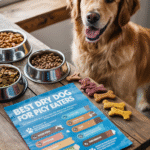
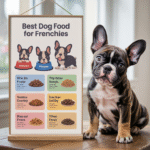
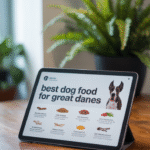
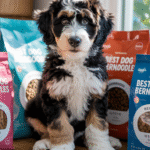
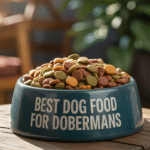


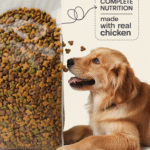
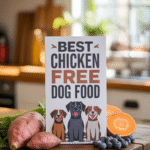

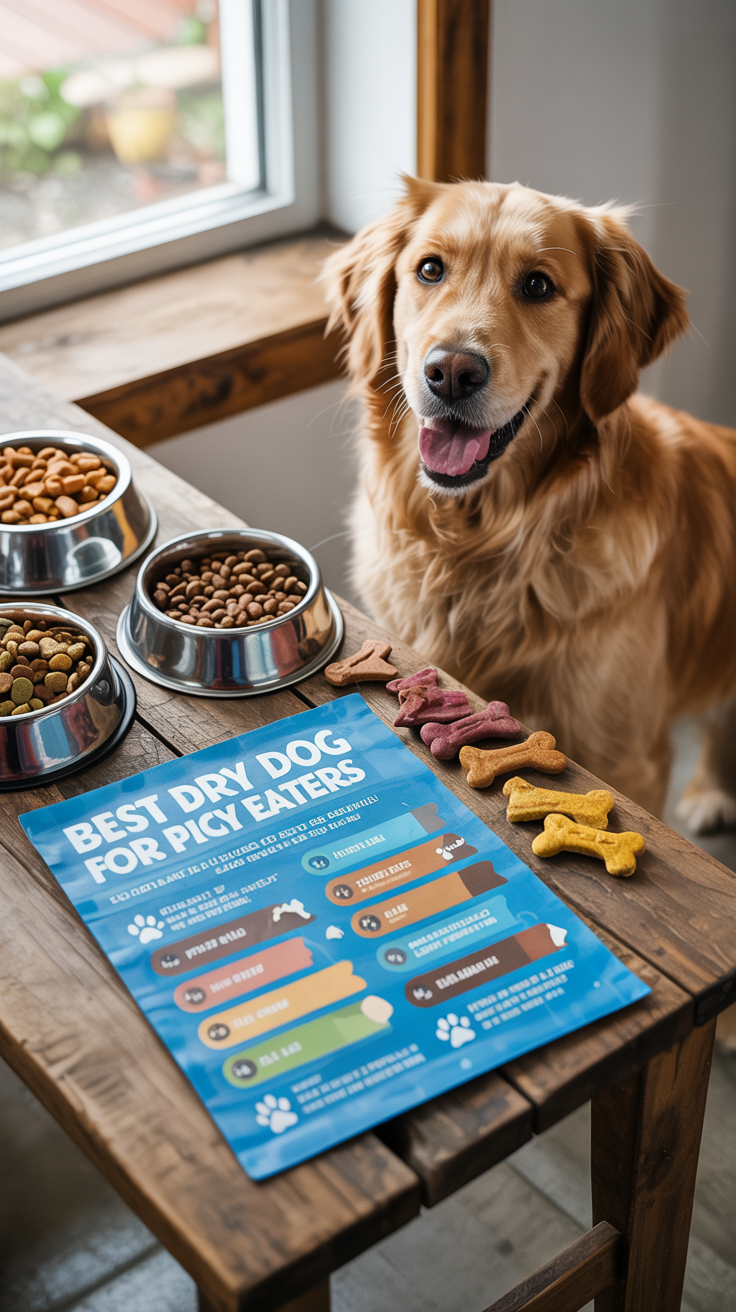
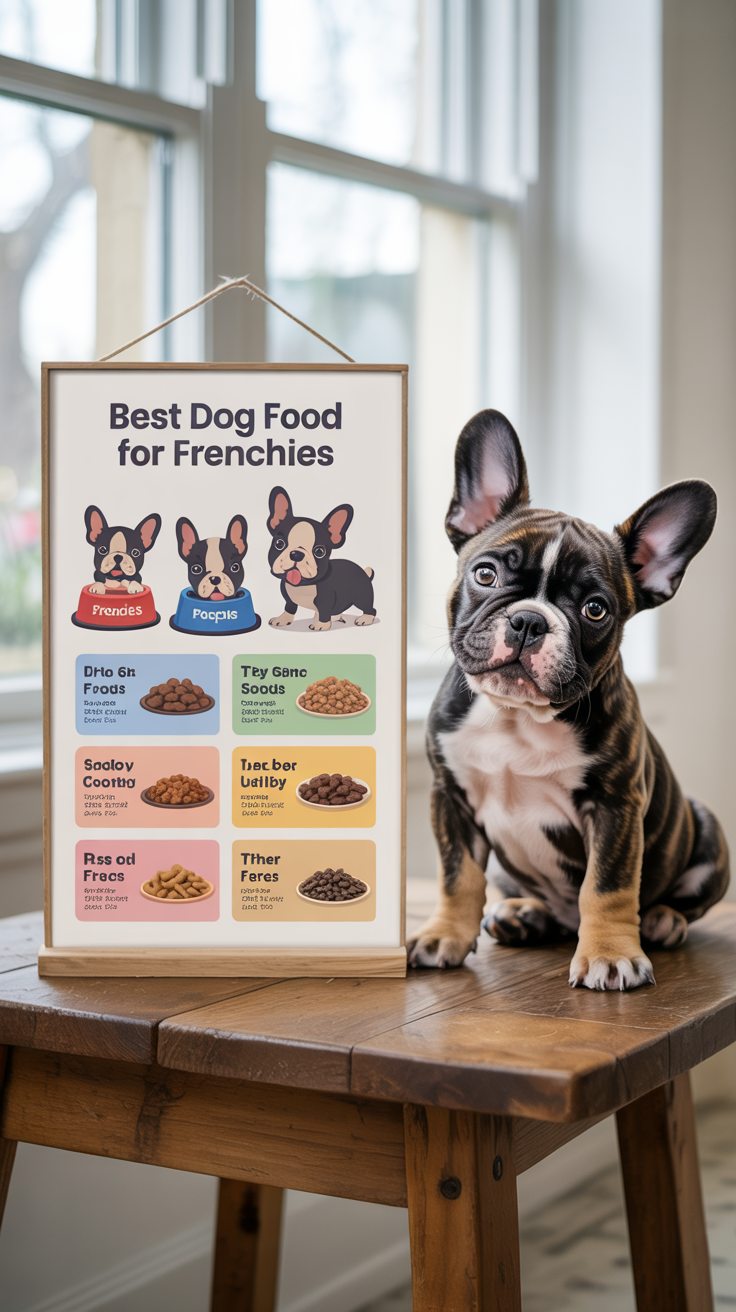
Leave a Reply